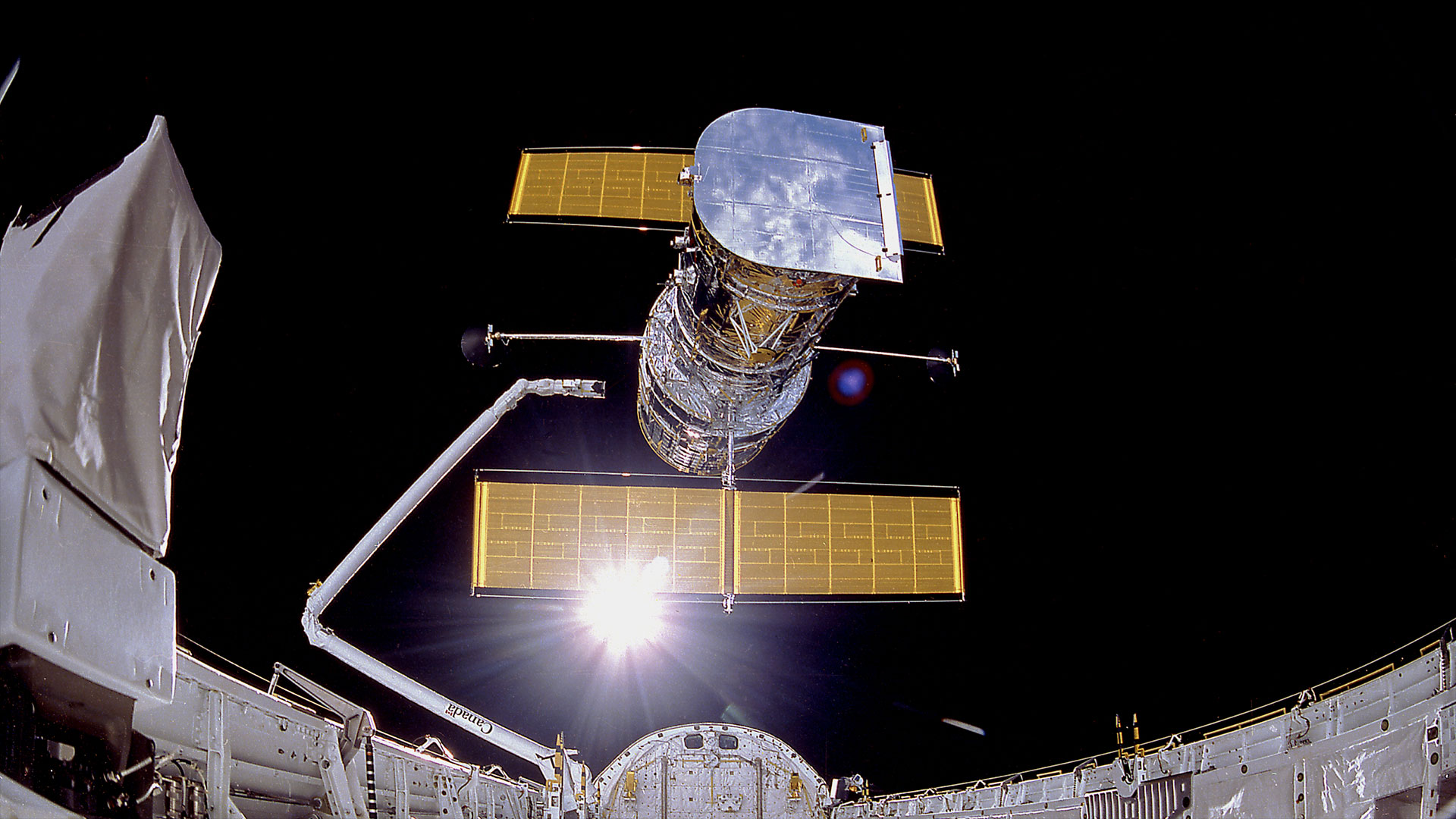Hibernation for Deep-Space Exploration Could Happen Sooner Than You Imagined

Might humans take a cue from bears and other hibernating animals and go to sleep for months or years at a time? While the technology is still in its infancy, a paper from the aerospace engineering company SpaceWorks Enterprises suggests that it could be possible in the next 10 to 20 years.
If a hibernation system can be made to work, it could potentially cut down on some of the risks of long-term space travel. We know from long-term missions on the International Space Station that bones and muscles weaken over time, although exercise has been shown to be a partial countermeasure. But there are other issues to consider, such as bringing along enough food, or keeping astronauts mentally engaged in a small space for months at a time.
If possible, hibernation would reduce these needs and keep astronauts healthy ahead of arriving to a destination like Mars, which would require a one-way journey of at least six months. Some science fiction stories suggest that hibernation could be used to prolong life on even longer voyages, such as the fictional voyage shown in the movie Passengers last year.

"Our concept is really inspired from a variety of sources, ranging from common depictions of long-term space travel in science fiction, to rare stories of human survival under extreme conditions (cold weather exposure, underwater submersion, airplane stowaways, etc.), and animal hibernation," said John Bradford, president and chief operating officer of SpaceWorks Enterprises and a co-author of the paper, in an e-mail to Seeker.
"In looking further into the question of hibernation, we identified a current medical practice of therapeutic hypothermia (or targeted temperature management, TTM) as a possible approach to sustaining long-term metabolic suppression and human stasis," he continued. "While we can't make humans actually hibernate, we believe we can mimic hibernation — which is all we need."
RELATED: Boeing Unveils Lighter, Snazzy Spacesuit for Space Taxi Astronauts
SpaceWorks has secured early-stage funding for hibernation under the NASA Innovative Advanced Concepts program, which aims to nurture "visionary ideas that could transform future NASA missions with the creation of breakthroughs." NIAC offers funding for ideas that are beyond the reach of today's space technology but could be realized in a few decades.
Get the Space.com Newsletter
Breaking space news, the latest updates on rocket launches, skywatching events and more!
SpaceWorks is creating the "technology roadmap" to figure out how to make hibernation possible, Bradford said. The first steps will be finding more funding for medical testing to do at home, potentially from foundations, private investors or government investors, such as NASA, the US Department of Defense, or the National Institutes of Health.
"Our technology is leveraging current medical treatments using mild hypothermia therapy and we plan to advance this capability to support prolonged metabolic suppression," Bradford said. "With only minor reductions in core body temperature, we can achieve significant reductions in metabolic rate."
"This approach opens up a variety of new options that can be introduced and applied that address major human spaceflight medical challenges and risk areas such as bone loss, muscle atrophy, increased intracranial pressure, and radiation damage," he added. "These new options range from enabling the habitat to carry additional radiation shielding due to other mass reductions, permitting the use of neuromuscular electrical stimulation to reduce muscle atrophy, and new approaches and configurations for inducing artificial gravity."
RELATED: SpaceX Must Still Prove That It Can Safely Launch Astronauts Into Space
The drawback is that we don't really understand how the human body responds to hibernation in space — let alone to other known problems such as radiation. SpaceWorks is considering a range of other issues, including the increased risk of infection at catheter sites and the impact of long-term sedative use to suppress shivering as the body is being cooled.
SpaceWorks suggests that with the proper technology development and focus, the first human missions to Mars could employ some form of hibernation as soon as the early or mid-2030s. The company is considering a scenario where the passengers rotate between a few days of activity and a few weeks of hibernation during their 200-day voyage to Mars, with automated systems helping to monitor the spacecraft while the astronauts are out of commission.
The astronauts would work as usual on the Red Planet's surface, assuming a 500-day stay. Then they would again rotate between hibernation and activity during the 200-day voyage home.
"We believe human stasis represents one of the most promising approaches to solving the engineering and medical challenges of long-duration spaceflight," Bradford remarked. "System-level engineering analysis has indicated significant mass savings for both the space habitat and propulsive transfer stages. These savings are due to reductions in the pressurized volume, consumables, power, structures, and ancillary systems for the space habitat. The reduced mass then requires significantly less propellant to send the spacecraft to Mars (and back)."
The paper was presented at the 67th International Astronautical Congress in Mexico last year.
WATCH: Why Astronauts Need This Cancer Shield in Space
Originally published on Seeker.
Join our Space Forums to keep talking space on the latest missions, night sky and more! And if you have a news tip, correction or comment, let us know at: community@space.com.

Elizabeth Howell (she/her), Ph.D., was a staff writer in the spaceflight channel between 2022 and 2024 specializing in Canadian space news. She was contributing writer for Space.com for 10 years from 2012 to 2024. Elizabeth's reporting includes multiple exclusives with the White House, leading world coverage about a lost-and-found space tomato on the International Space Station, witnessing five human spaceflight launches on two continents, flying parabolic, working inside a spacesuit, and participating in a simulated Mars mission. Her latest book, "Why Am I Taller?" (ECW Press, 2022) is co-written with astronaut Dave Williams.









